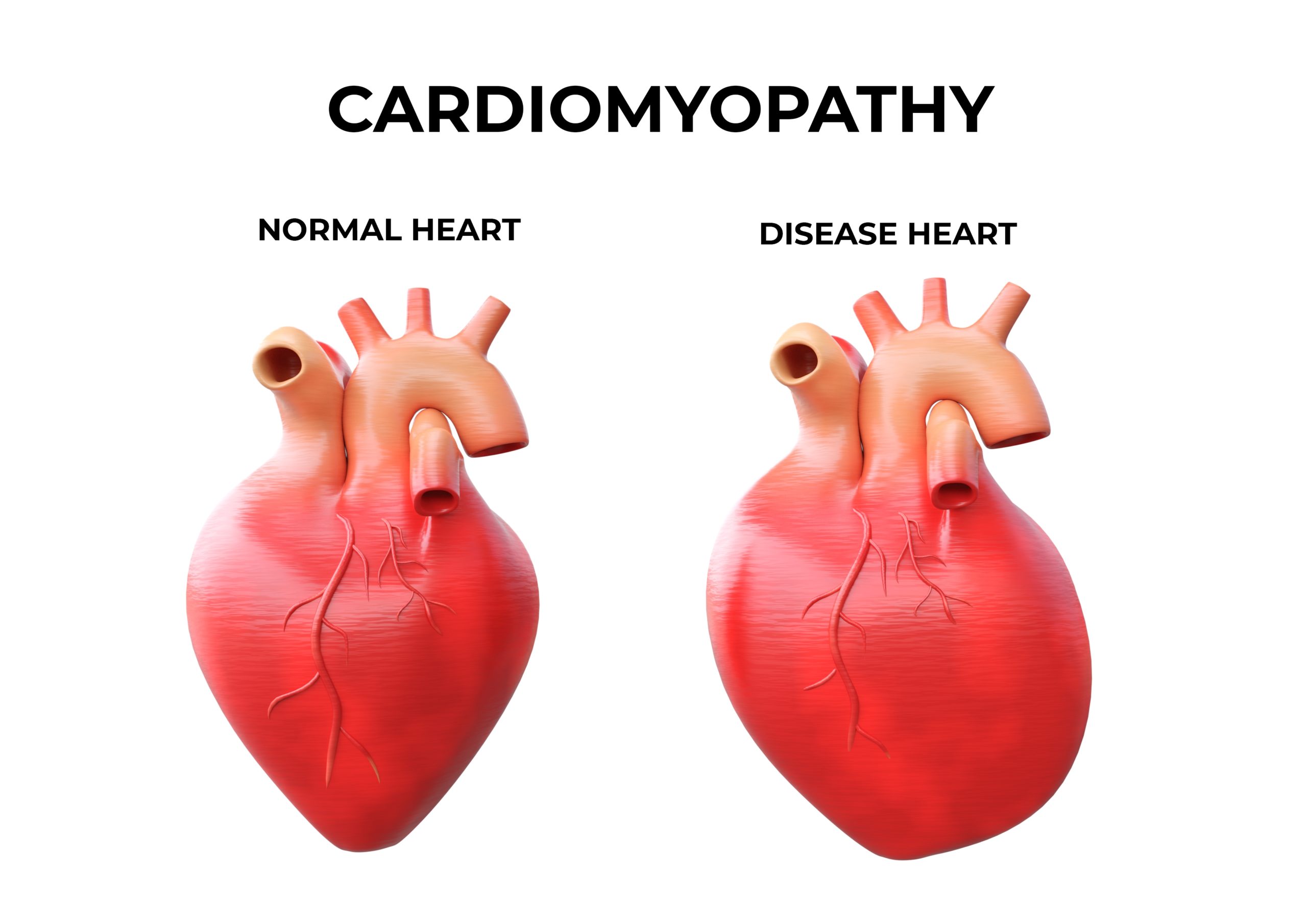
Researchers found that the oral myosin inhibitor, mavacamten, significantly reduced the proportion of patients with obstructive hypertrophic cardiomyopathy (oHCM) who met guideline-directed criteria for septal reduction therapy (SRT) after 16 weeks of treatment. The findings were published in the Journal of the American College of Cardiology.
The study’s lead author, Milind Y Desai, also noted that the study’s participants achieved significant reductions in left ventricular (LV) outflow tract (LVOT) gradients, improvements in New York Heart Association (NYHA) functional classification, and quality of life measures.
The study included 112 patients with oHCM with LVOT ≥50 mm Hg at rest who were within guideline criteria for SRT. The participants were randomized to either mavacamten 5 mg daily or a placebo, titrated up to 15 mg based on LVOT and LV ejection fraction, over 16 weeks. The primary measure of the study was a composite of patients proceeding with SRT and patients who remained guideline-eligible.
After 16 weeks, the authors reported that 43 out of 56 placebo patients (76.8%) and 10 out of 56 mavacamten patients (17.9%) met the primary endpoint. (95% IC, 44.0-73.9%; P<.001). Researchers also stated that mavacamten was significantly favored (P<.001) in secondary endpoints, including a −37.2 mm Hg mean difference in post-exercise peak LVOT gradient; 41.1% of patients achieving a ≥1 NYHA functional class improvement, a 9.4 point improvement in patient-reported outcomes; and a NT-proBNP and cardiac troponin I between-groups geometric mean ratio of 0.33 and 0.53, respectively.
Overall, Desai and colleagues felt their data supported the value of mavacamten in reducing the proportion of patients with oHCM who meet guideline criteria for SRT. In closing, they did acknowledge that the long-term safety and efficacy of mavacamten, as well as long-term freedom from SRT outcomes, still require further investigation.







 © 2025 Mashup Media, LLC, a Formedics Property. All Rights Reserved.
© 2025 Mashup Media, LLC, a Formedics Property. All Rights Reserved.